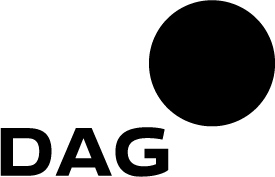Academic art in Bombay: Revisiting the MastersJanuary 01, 2025 In the nineteenth century, Bombay, now Mumbai, transformed from a cluster of islands into a bustling metropolis under British colonial rule. The decline of Mughal authority and the fall of the Maratha Empire facilitated British expansion, establishing Bombay as a crucial trading port. By 1853, the first railway line connected Bombay to Thane, marking significant industrial growth, particularly in cotton during the American Civil War, which brought immense wealth to both British and Indian merchants. |
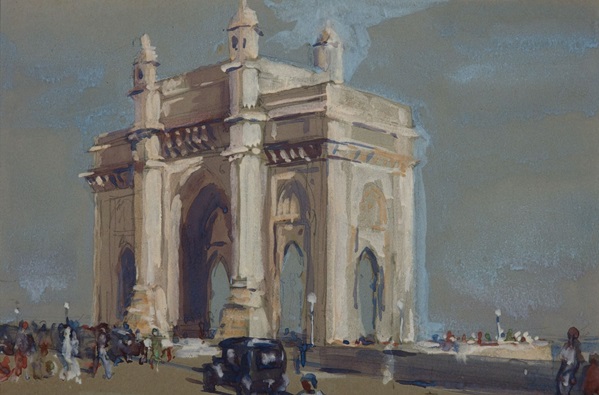
J. D. Gondhalekar
Gateway of India (detail)
Gouache on paper, 9.5 X 13.2 in.
Collection: DAG
|
Biographers of the city, such as Gillian Tindall, have emphasised the dual nature of Bombay, referring to it as ‘two places’ where dreams of wealth have lured countless individuals over three centuries. She notes that while many sought fortunes, their quests often ended tragically, with bodies interred in Sonapur, a term that translates to ‘the city of gold’ (which is the title she gives to her account of the city’s growth). This duality encapsulates the city's allure and its darker undercurrents, illustrating how hope and despair coexisted in what quickly became ‘one of the great cities of the world’. Artists were especially well-placed to document the complex nature of such growth, negotiating the demands of modernity, while responding to the calls for self-reliance and cultural revival. As DAG’s exhibition, Once Upon a Time in Bombay prepares to open a window upon this layered history, we take a look at some of the major artists who were shaping the aesthetic narratives of this time. |
|
|
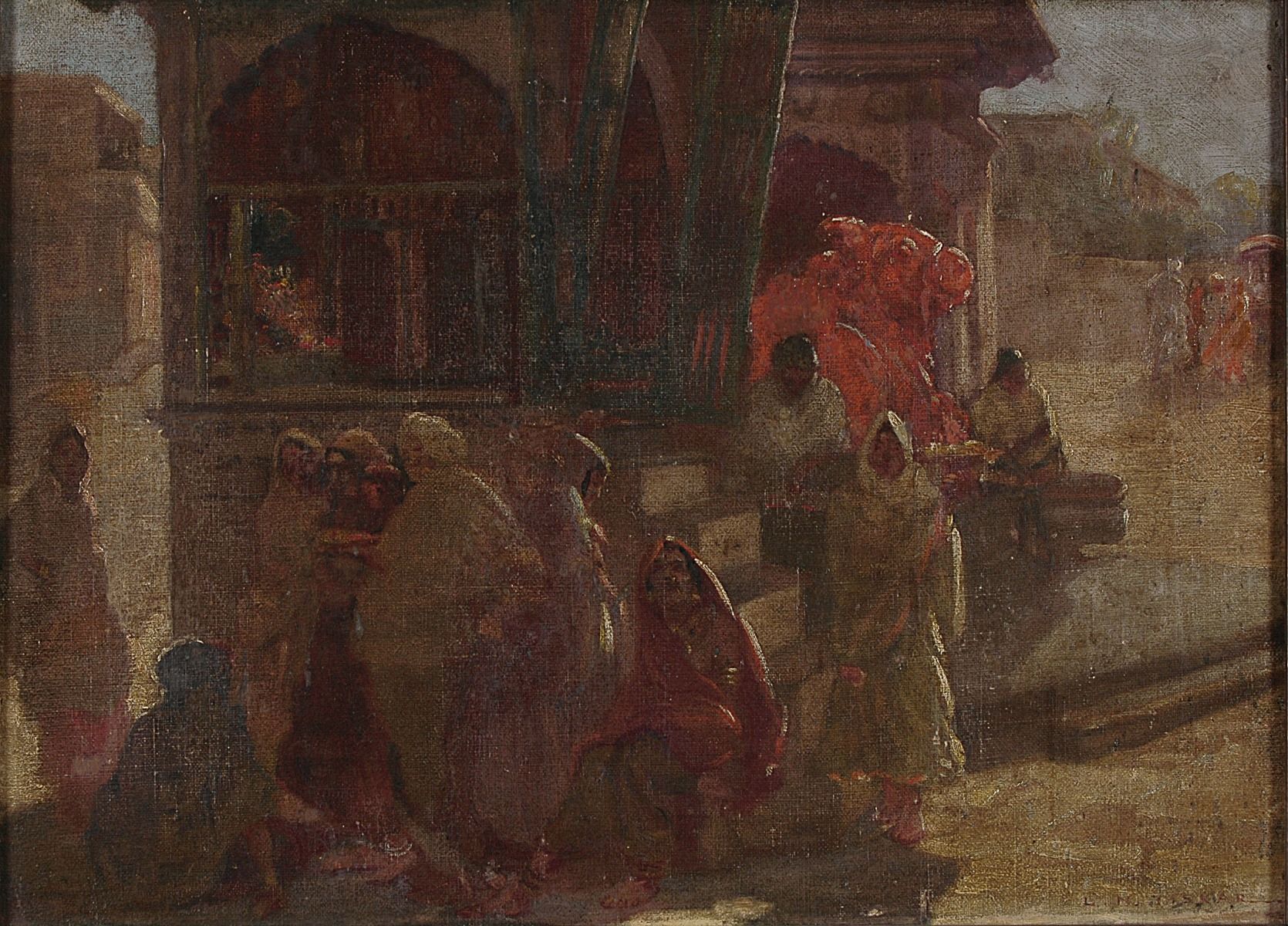
L. N. Taskar
Untitled
Oil on canvas, 13.2 x 18.0 in.
Collection: DAG
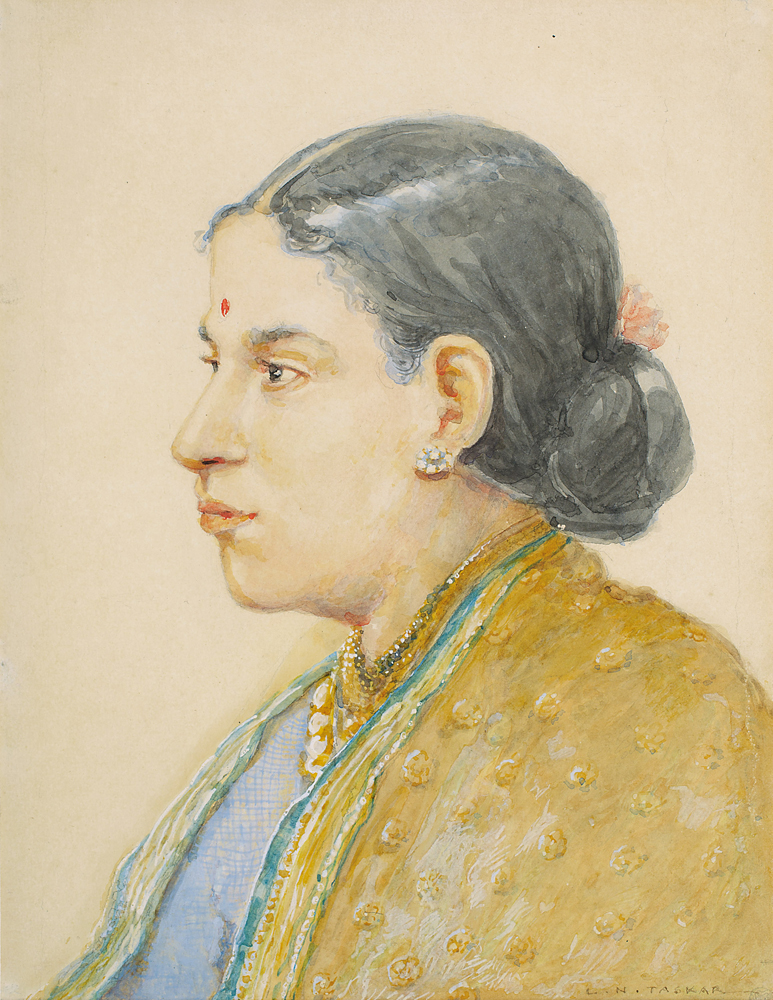
L. N. Taskar
Untitled
Collection: DAG
L. N. Taskar (1870—1937)L. N. Taskar, born Laxman Narayan Taskar in 1870, was a prominent Indian painter known for his contributions to academic realism. He studied at the Sir J. J. School of Art in Bombay, where he later became an influential teacher in 1898. Taskar's work is characterised by vibrant colours and a focus on everyday life, often depicting local people and festivities rather than mythological themes. His paintings reflect a strong local aesthetic and showcase a departure from traditional techniques, blending watercolours with oil paints to create a unique style, representing a romantic experimentalism that was influenced by pedagogues at the School, such as Cecil Burns. |
|
The Sir Jamsetjee Jeejebhoy School of Art, commonly known as the J.J. School of Art, was established in March 1857 in Bombay, thanks to a generous donation from the Parsi philanthropist Sir Jamsetjee Jeejebhoy. The school aimed to enhance Indian industrial arts and aesthetics, inspired by the positive reception of Indian wares at the Great Exhibition of 1851 in London. Initially located at the Elphinstone College, it offered elementary drawing and design classes. Eventually, the management was taken over by the Government of India, leading to significant curriculum developments under influential figures like Lockwood Kipling and John Griffiths. They introduced a focus on decorative and industrial arts, aligning the school's approach with European art education models. In 1878, the school moved to its current neo-Gothic building on the Esplanade, which has since been recognized as a heritage structure. Over time, it evolved into a prestigious institution, contributing significantly to India's art scene and urban development. |
|
|
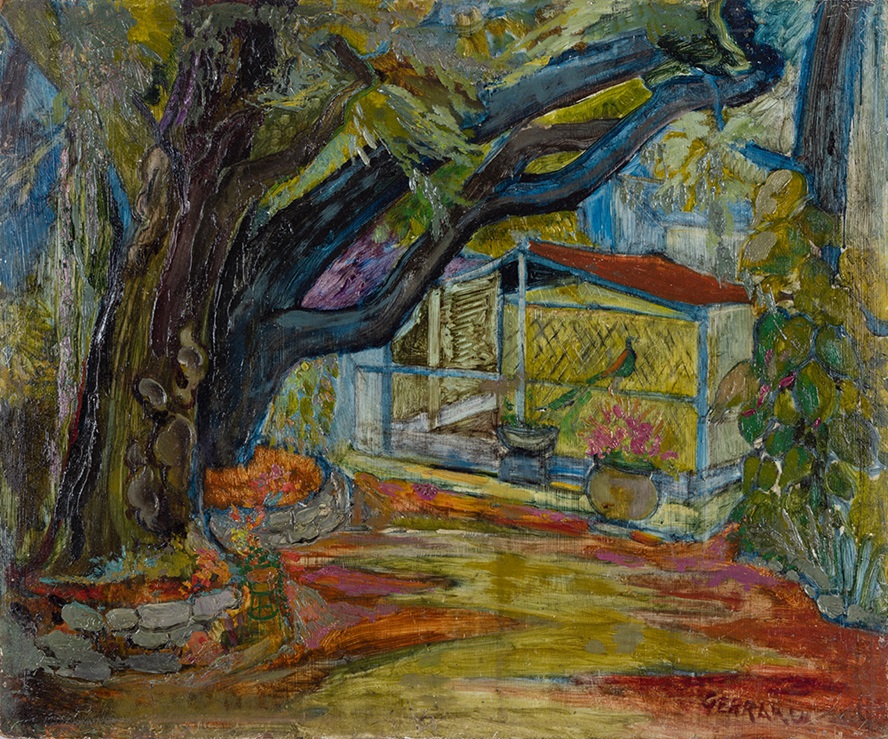
Charles Gerrard
The Garden of the Director's Residence, the Sir J.J. School of Art, Bombay
Oil on Masonite board, 20.0 X 24.0 in.
Collection: DAG
Charles Gerrard (1892—1964)Charles Gerrard was a prominent British artist known for his influential role in art education and practice. He served as the Director of the Sir J. J. School of Art in Bombay from 1936 to 1946, where he significantly impacted the development of art in India. Gerrard was recognised for his keen observational skills and ability to inspire students, fostering a vibrant artistic community while frequently participating in exhibitions with students. His work often reflected a blend of traditional techniques and modern sensibilities, contributing to the evolution (and synthesis) of art during his time. He was an influential mentor for several leading modernists of the period, including P. T. Reddy, who would form the ‘Young Turks’ Group with fellow students from the School. |
|
The consolidation of the seven islands into a single landmass allowed for urban development and reclamation projects, leading to the emergence of a vibrant capitalist class known as the ‘Merchant Princes’ (which included Sir Jeejebhoy), who leveraged traditional trade networks. However, this rapid growth also led to social challenges, including overcrowding and slum development around industrial areas. The removal of fort walls in 1864 symbolised this shift towards modernisation and urban expansion. This period laid the groundwork for Bombay's pivotal role in India's independence movement in the early twentieth century. |
|
|
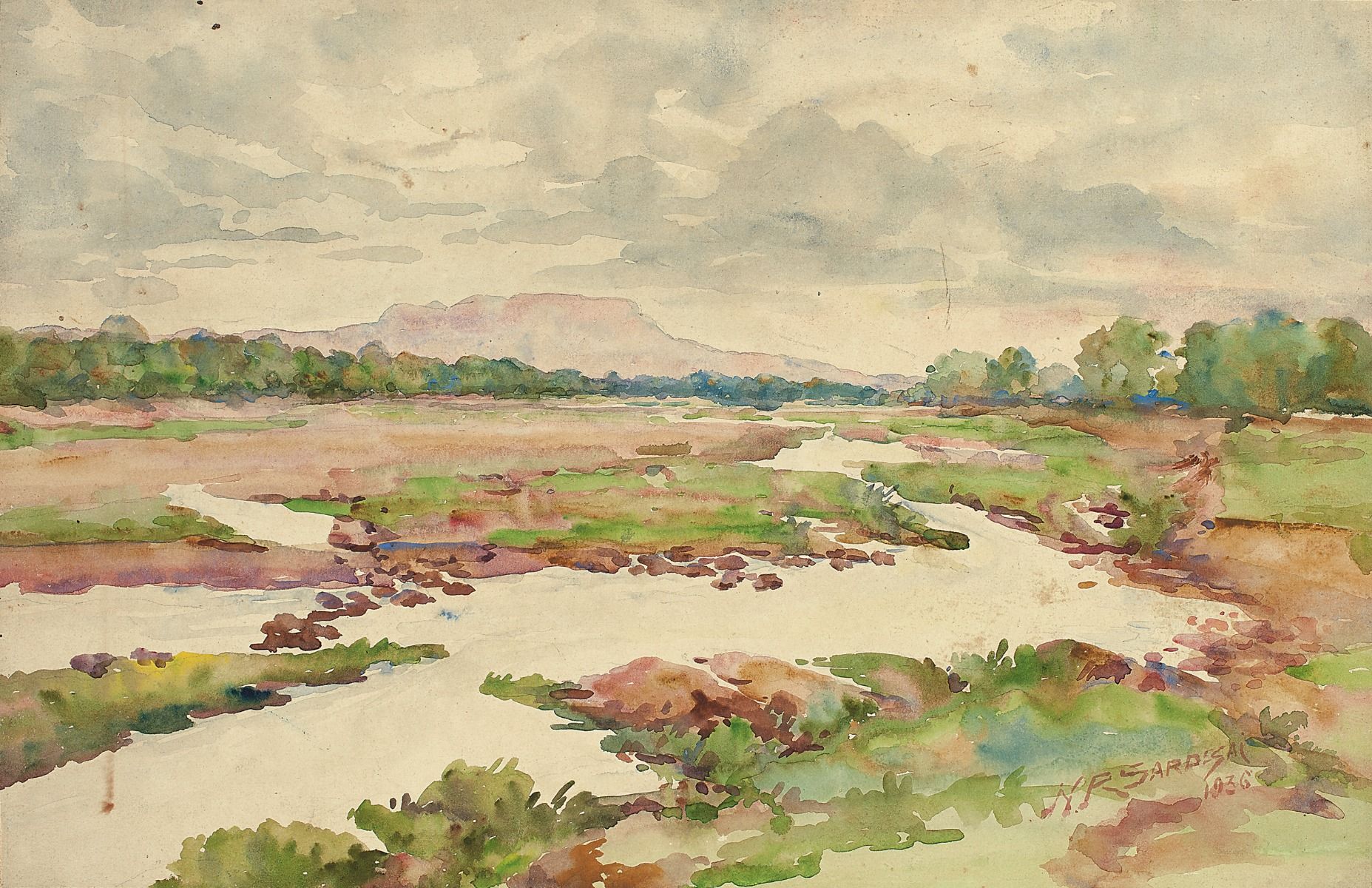
N. R. Sardesai
Untitled
1936, Watercolour on paper pasted on mount board
Collection: DAG
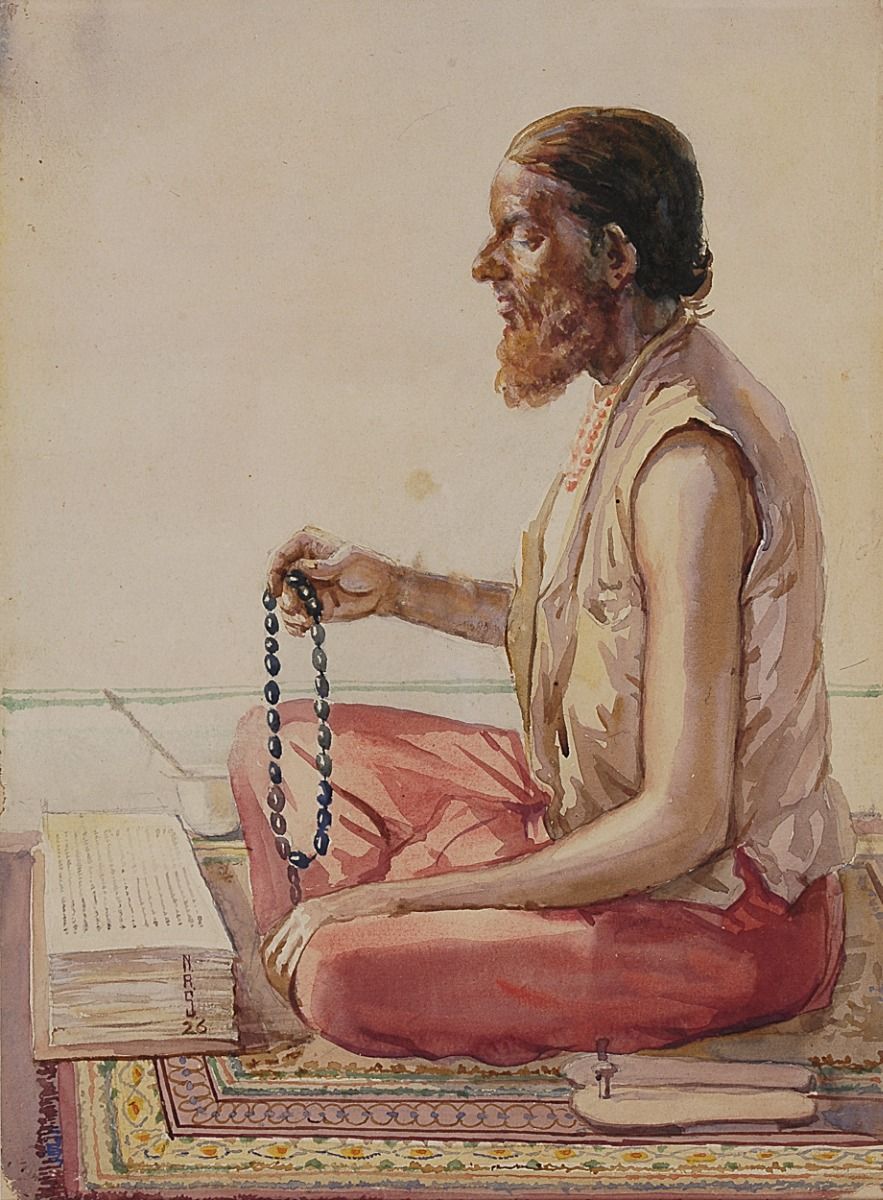
N. R. Sardesai
Untitled
1926, Watercolour on paper
Collection: DAG
N. R. Sardesai (1885—1954)N. R. Sardesai was a prominent Indian artist born in Ratnagiri, Maharashtra. He was also a student at the Sir J. J. School of Art, where he developed his skills in figurative painting and portraiture. Known for his acute observational abilities, Sardesai excelled in capturing light and form with remarkable accuracy, creating works characterised by a feeling for the textures of rural Maharashtra. A later giant of Indian modernism, M. F. Husain, would cite him as a formative influence during his early years in Pandharpur. Sardesai’s mastery of various media, including watercolour, oil, and charcoal, allowed him to express the beauty of ordinary life. His contributions to art education and numerous exhibitions across India earned him recognition, including a Gold Medal from the Bombay Art Society in 1929. |
|
|

J. D. Gondhalekar
Gateway of India
Gouache on paper, 9.5 X 13.2 in.
Collection: DAG
J. D. Gondhalekar (1909—1981)Janardan Dattatraya Gondhalekar was a prominent painter, educator, and art administrator from Amravati, Maharashtra. He studied at the Sir J.J. School of Art, where he earned his diploma in drawing and painting in 1931. Gondhalekar furthered his education at the Slade School of Fine Art in London and the Académie Julian in Paris, focusing on techniques such as wood engraving and etching. Gondhalekar served as the Dean of the Sir J.J. School of Art from 1953 to 1957, where he implemented significant changes in art education and organized the inaugural State Art Exhibition in Bombay. His artistic style combined European techniques with Indian themes and various landscapes that reflect emotional depth. Gondhalekar also contributed to art criticism and education through lectures and writings, influencing modern perspectives on art in India until his death on December 4, 1981. |
|
|

S. L. Haldankar
Untitled
1930-32, Watercolour on handmade paper, 8.2 x 11.2 in.
Collection: DAG
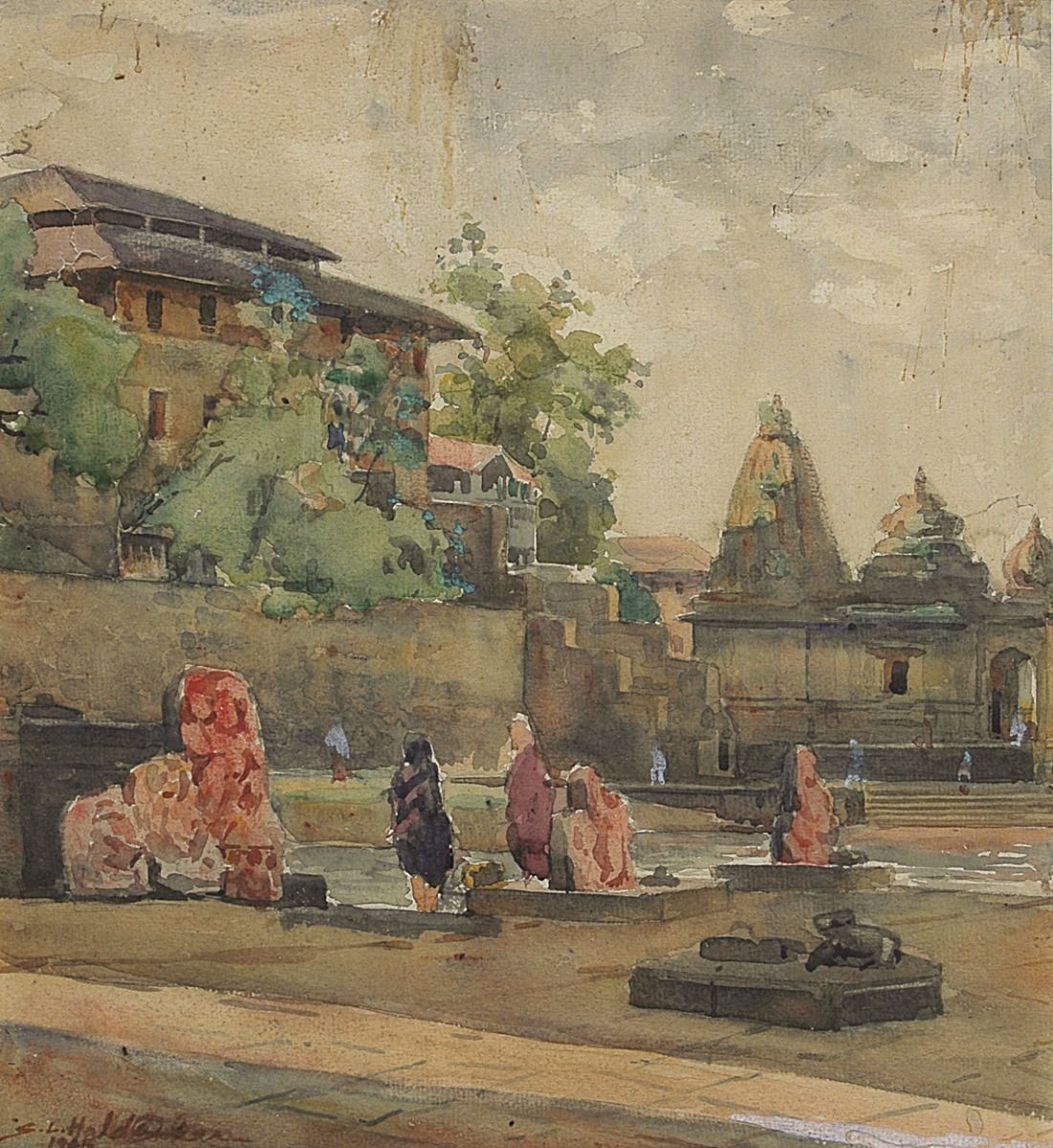
S. L. Haldankar
Nasik-Nav Panchavati
1945, Watercolour on handmade paper, 12.7 x 11.5 in.
Collection: DAG
S. L. Haldankar (1882—1968)Sawlaram Lakshman Haldankar was born in Sawantwadi, Maharashtra, and became a prominent painter celebrated for his mastery in watercolour and oil painting. He displayed artistic talent from a young age, earning a scholarship to the Sir J. J. School of Art in Mumbai, where he studied under notable artists like M. V. Dhurandhar and Cecil Burns. In 1908, he founded the Haldankar Fine Arts Institute and later established the Art Society of India in 1918, becoming its first president. Haldankar was one of many such artists, highlighted in this story, for whom Maharashtra’s rural landscapes blended subtly into the urbanscapes of Bombay, charting an emotional relationship with the land and memory, while making viewers aware of the larger hinterland that serviced the growing metropolis. His contributions to art education and numerous exhibitions have solidified his legacy, with works housed in prestigious institutions like the National Gallery of Modern Art and Jaganmohan Palace Museum. |
|
As Bombay and its most influential art institution grew together over the course of the nineteenth century, the city found a great diversity of artists and styles to reflect upon its equally rich variety of changes. The city would produce some of the greatest nationalist leaders, fighting for independence through socio-political reform, while others took these lessons to promote crafts revivalism and commercial or applied art that could inculcate a new taste in Indian art. As the years of the new century drew closer, Bombay’s symbolic gateways and aesthetic horizons were being pushed ever-forward by its great artists. |
|
|

